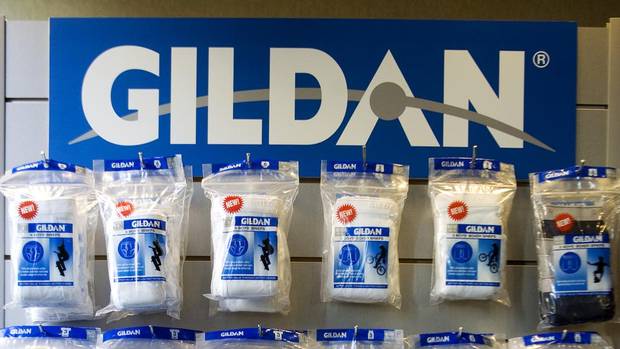by Russ Koesterich, Portfolio Manager, CFA, JD, Blackrock
As Russ discusses, negative real interest rates help explain why gold is moving more in tandem with stocks these days.
In a year characterized by unprecedented market moves, it’s understandable that subtler developments have gone mostly unnoticed. One such development, key for building portfolios, is how asset classes are moving relative to each other. In that vein, a shift worth noting: Gold is now increasingly trading with, rather than against stocks. This suggests that in the current environment gold is less of a hedge and more a play on real-interest rates remaining negative.
I last wrote about gold three months ago. At the time, I suggested that a combination of a weak dollar and negative real (or inflation-adjusted) rates would support prices. While the metal is off significantly from its summer high, gold has almost kept pace with stocks, gaining 5.9% during the past three months (see Chart 1). This performance has been far better than other hedges, notably U.S. Treasuries.
Chart 1 - Q3 Asset Performance

Sources: Refinitiv DataStream, chart by BlackRock Investment Institute as of September 30, 2020
Notes: The bars show performance in local currency terms except for currencies, gold, and copper, which are spot returns. Government bonds are 10-year benchmark issues.
Past performance Is no guarantee of future results. Index performance is shown for illustrative purposes only. You cannot invest directly in an index.
In short, gold has generally been higher but it is no longer hedging stock risk. Coming into 2020 gold had a mildly negative correlation with stocks, i.e. it tended to rise when stocks were falling. Since the start of the year gold has not only demonstrated a tendency to rise with stocks, but that tendency has become more pronounced in recent months. Using weekly returns, year-to-date gold has displayed a beta of roughly 0.3 to U.S. equities, meaning that for every percentage point gain in stocks gold tends to rise roughly 0.3%.
This shift in correlations is not unusual for gold. In different economic environments, gold can behave very differently. One explanation for the recent change is that both gold and equities are increasingly reacting to a common factor: Federal Reserve policy. To the extent investors expect the Fed’s new policy framework to favor easy money and negative real rates, both gold and stocks are responding to the same underlying dynamic. Given the Fed’s newfound commitment to a symmetrical inflation goal, i.e. one that will allow the economy to temporarily “run hot” to compensate for years when inflation was below target, this dynamic is likely to continue.
Further weakness could present an opportunity
The fact that gold may be a less reliable hedge argues against adding to a position. That said the likelihood of a prolonged period of negative real rates supports holding some gold in your portfolio and adding should prices fall significantly from here. As I’ve highlighted previously, gold performs best when real rates are negative and the opportunity cost in lost income is low. And as the Fed has repeatedly emphasized, this is likely to be exactly the environment we’re in for some time to come.
All of which suggests that investors should hold for now, add on weakness and, most importantly, look for other hedges to help mitigate equity risk.
Russ Koesterich, CFA, is a Portfolio Manager for BlackRock's Global Allocation Fund and is a regular contributor to Market Insights.
Copyright © Blackrock















